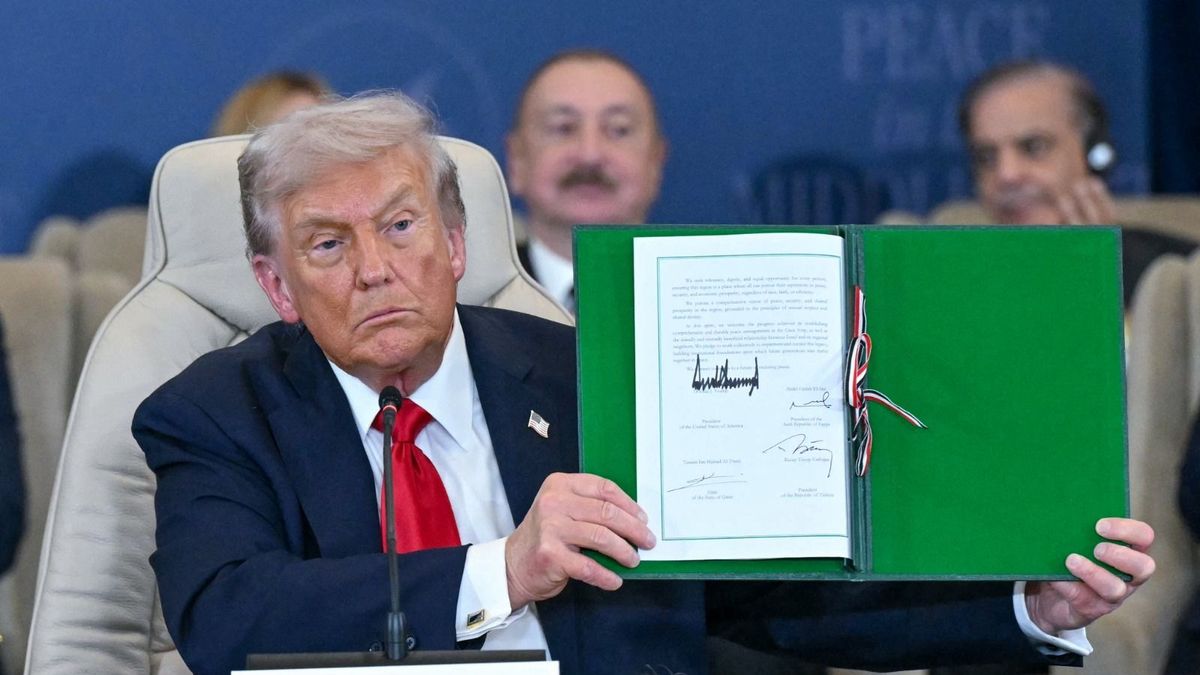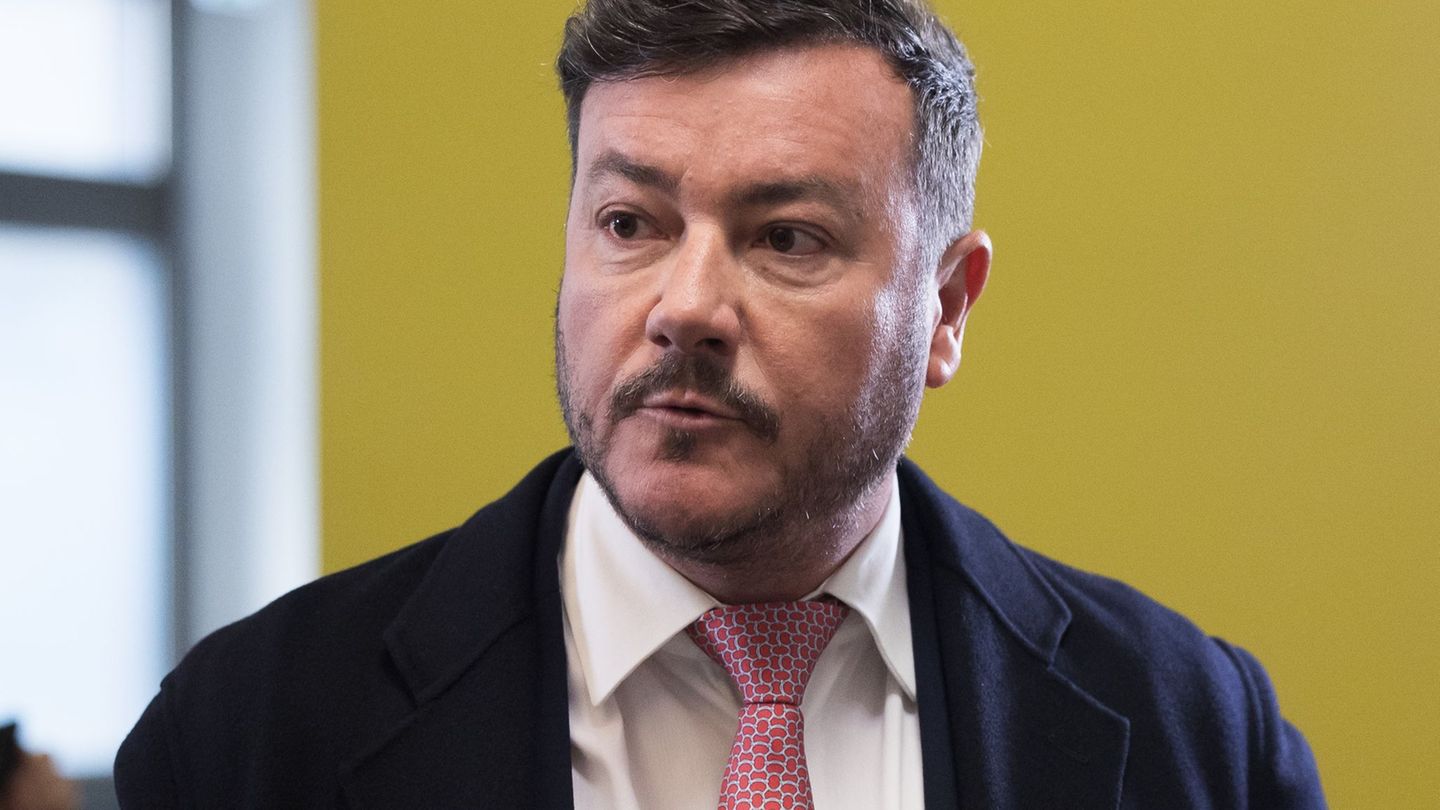The economic activity accelerated its decline to 3.8% in August compared to the same month last year, although in the seasonally adjusted monthly variation it advanced, but barely 0.2%, as reported by the National Institute of Statistics and Censuses (INDEC). In the first eight months of the year, the Monthly Economic Activity Estimator (EMAE) which publishes the INDEC accumulated a drop of 3.1%.
The EMAE came from a seasonally adjusted monthly increase of 2.1% -revised- in July and a fall of 0.9% year-on-year.
Economic activity: which sectors fell?
Some ten sectors of activity registered falls in the year-on-year comparison, among which stood out Construction (-18%) and Wholesale, retail and repairs (-7.9%). Both sectors, together with Manufacturing industry (-6.7%), they subtract 2.9 percentage points from the interannual variation of the EMAE.
Meanwhile, five other sectors of activity registered increases in August, among which stood out Fishing (+17.1%) and Exploitation of mines and quarries (+6%). This last activity was, in turn, the one with the greatest positive impact on the interannual variation of the EMAE, followed by Agriculture, livestock, hunting and forestry (+4.5%).
image.png
Economic activity: what is expected going forward?
The main consulting firms predict that going forward there will be a “slow” recovery of activity, but, since Orlando J. Ferreresthey pointed out that it may still be with “possible downward oscillations.”
“In the coming months we hope that activity will slowly recover.even with possible downward oscillations like the current one. A firmer path of expansion will be achieved when income is recomposed in a more orderly macroeconomic context that generates confidence, which we hope will happen next year,” he said. Orlando J. Ferreres in his last General Activity Reportwhich in August gave him a discharge of 0.6% monthly and a 5.6% year-on-year.
For his part, the economist Analytics, Claudio Capraruloexplained that his activity projection “marked a very slight recovery for the third quarter of the year compared to the second, with an increase also in the fourth.” However, he emphasized that even the interannual variation will continue the negative trend.
“Although the level of activity is still below what was recorded last December, we project to close the year with figures higher than those at the end of 2023”, projection Lautaro Moschet of the Freedom and Progress Foundation.
Finally, the economist Alejandro Giaccoia from Econoviews stated that based on the indicators they managed to collect for September, they expect it to be a “positive” month. In that sense, he argued that “the recovery of real wages and credit to the private sector are two points that help.”
Although, he highlighted that the outlook for 2025 “will depend a lot on when the stocks are released.” “The outlook is different if we go through most of 2025 with stocks or not, although in any case we hope it will be a positive year,” he assured.
Source: Ambito




